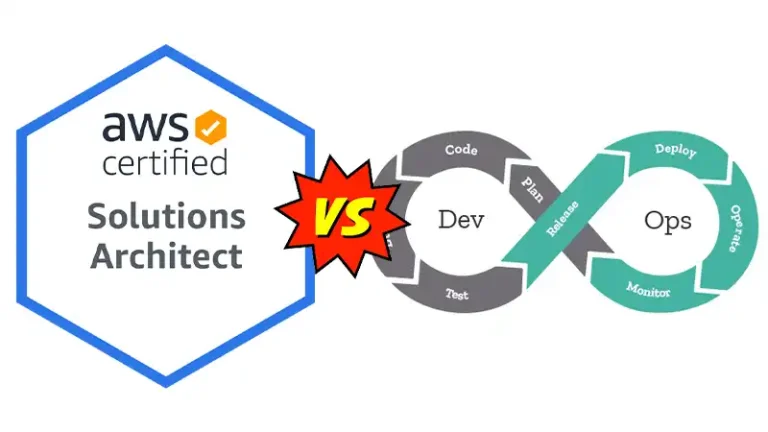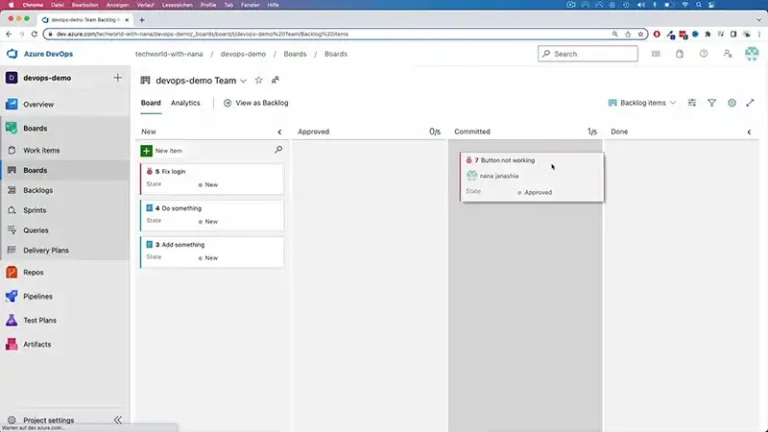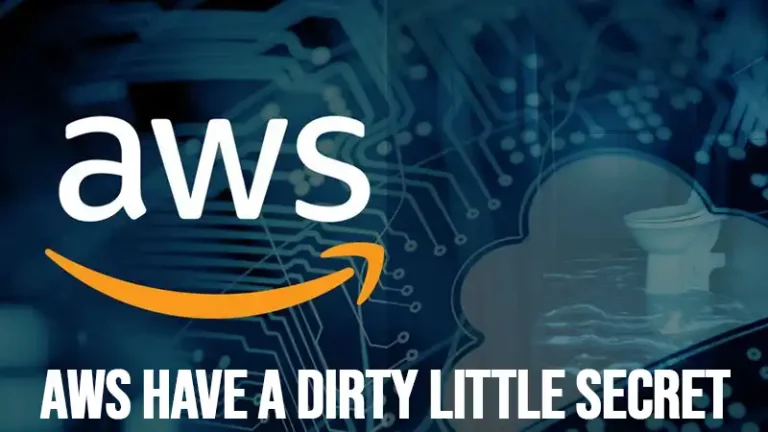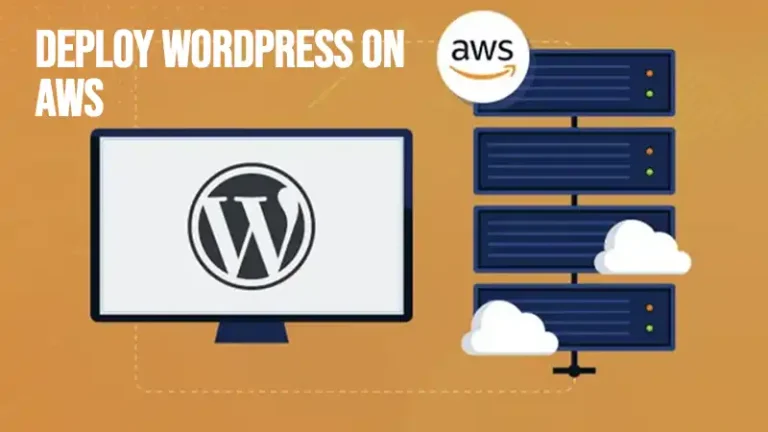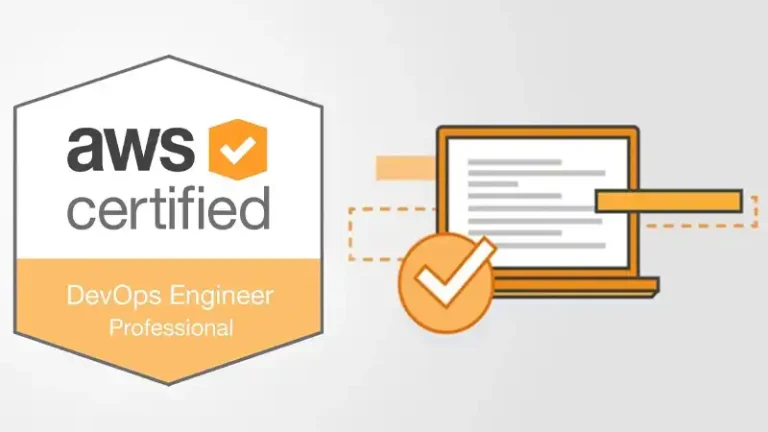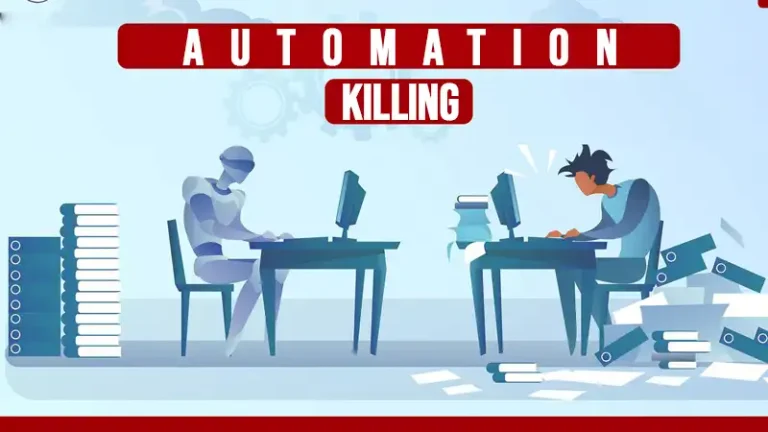What Distinguishes A Saas Platform From Regular Software Applications?
SaaS (Software as a Service) platforms are hosted centrally and accessed through the Internet. They are subscription-based, providing users with regular updates and maintenance without manual intervention. Unlike traditional software applications, SaaS platforms offer scalability, and flexibility, and often follow a pay-as-you-go pricing model.
For a detailed outlook that distinguishes these two paradigms, I am gonna shed light on each taking aspects in turns.
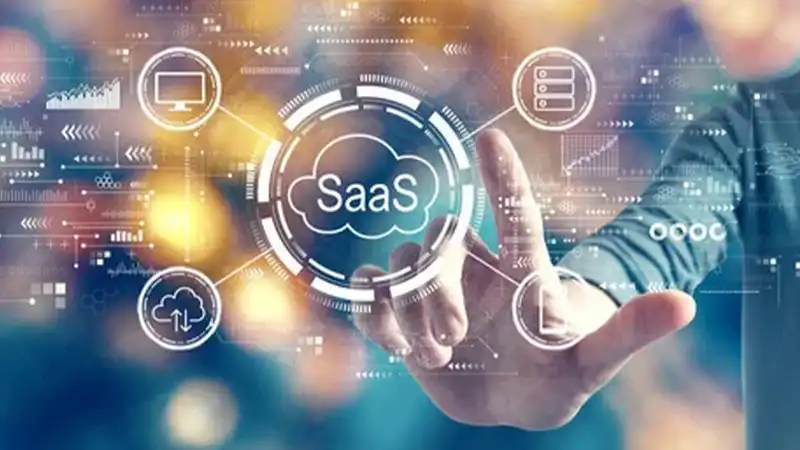
Defining SaaS
Software as a Service (SaaS) epitomizes a service model characterized by the delivery of software applications over the internet. This cloud-based paradigm eliminates the need for end-users to download, install, or maintain software locally. The hallmark of SaaS lies in its subscription-based model, offering unparalleled accessibility and seamless scalability.
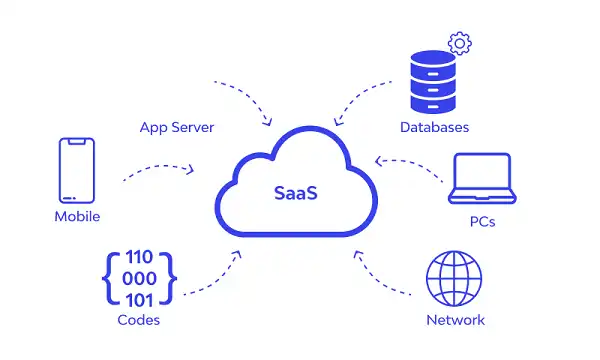
Figure: SaaS.
Regular Software Applications
In stark contrast, regular or traditional software applications adhere to a conventional installation model, requiring users to install the software on individual devices. Unlike SaaS, the ownership structure is typically based on one-time purchases, presenting a divergent approach to software deployment.
SaaS Vs Traditional Software Applications
There are some certain differences between Saas and traditional software applications.

Figure: Saas Software Vs Traditional Software.
Here we will discuss the key differences between them.
Scalability and Flexibility
One of the paramount differentiators is the aspect of scalability and flexibility. SaaS platforms, residing in the cloud, afford an unprecedented level of scalability, effortlessly adapting to dynamic requirements. Traditional software, entrenched in local installations, often grapples with scalability challenges, constrained by hardware limitations.
Cost Structure
The cost structure further accentuates the dissimilarity. SaaS operates on a subscription-based model, ensuring predictable and recurrent costs. Traditional software, conversely, involves one-time purchases, albeit accompanied by potential ancillary expenses for updates and maintenance.
Updates and Maintenance
A critical facet is the realm of updates and maintenance. SaaS platforms streamline this process, with updates seamlessly managed by the service provider in the cloud. Traditional software necessitates manual user intervention for updates, a process that can be arduous and occasionally overlooked.
Accessibility and Collaboration
Accessibility and collaboration emerge as pivotal advantages of SaaS. Leveraging the cloud for data storage facilitates universal access, transcending device boundaries. Collaboration among teams is inherently woven into the fabric of SaaS. Traditional software may lack this degree of accessibility, requiring localized installations.
Security Measures
In the domain of security measures, SaaS platforms employ robust protocols to fortify data stored in the cloud. While traditional software can be secure, the onus for security measures often lies more heavily on the end-user, introducing potential vulnerabilities.
Customization and Integration
The landscape of customization and integration is notably expansive in SaaS platforms. End-users can tailor the software to exacting specifications and seamlessly integrate it with other applications. Traditional software, conversely, may present limitations in the realm of customization.
User Experience
User experience, a cornerstone in software design, is often more intuitive in SaaS platforms. The cloud-based interfaces tend to be user-friendly, minimizing the learning curve. Traditional software, in contrast, may necessitate a steeper learning curve and more extensive training.
Future Trends
Gazing into the future unveils emerging trends in SaaS, pointing towards continued growth and innovation. Remaining abreast of these trends is crucial, as they serve as signposts for the potential evolution of software applications.
FAQs
- Does SaaS present higher operational costs in the long run compared to traditional software?
The operational costs of SaaS are typically more predictable as they follow a subscription-based model. Traditional software, on the other hand, may involve lower upfront costs but could incur additional expenses for updates and maintenance over time.
- Is it feasible to utilize SaaS applications offline?
While SaaS applications are primarily designed for online use, some platforms offer offline capabilities. Users can often access a limited set of features and data without an internet connection, but full functionality may depend on the specific application.
- Are traditional software applications undergoing obsolescence in the wake of SaaS dominance?
Traditional software still has its place in the market, especially for specialized needs or industries with specific compliance requirements. The choice between SaaS and traditional software depends on individual use cases and preferences.
Conclusion
In the crucible of technological advancement, the distinctions between SaaS platforms and traditional software applications are nuanced and multifaceted. The choice between the two paradigms hinges on individual needs, preferences, and the specific exigencies of the intended use.

